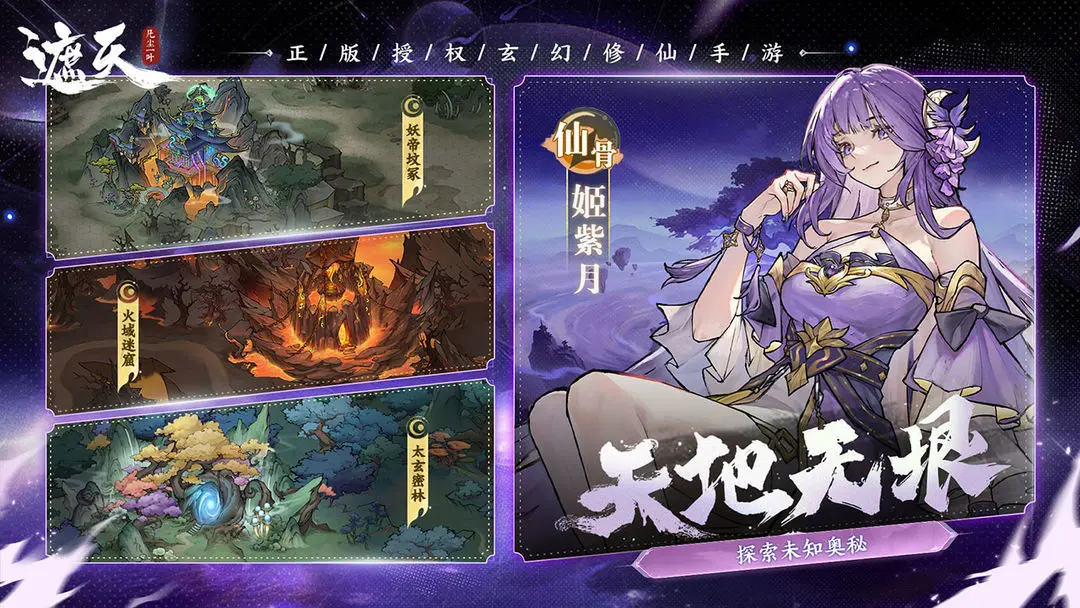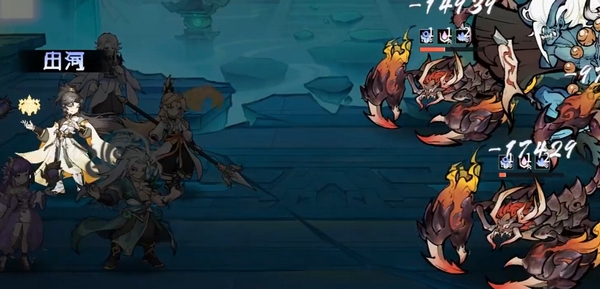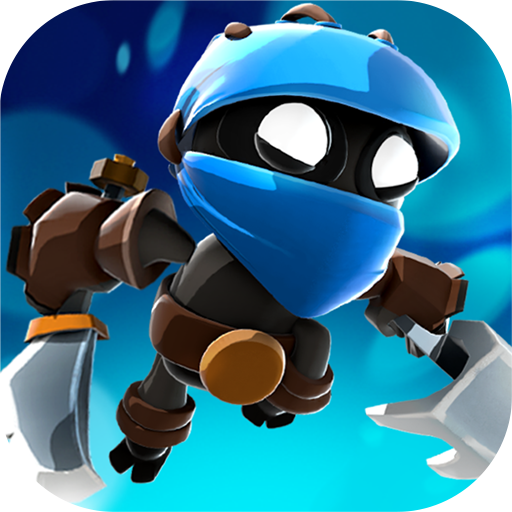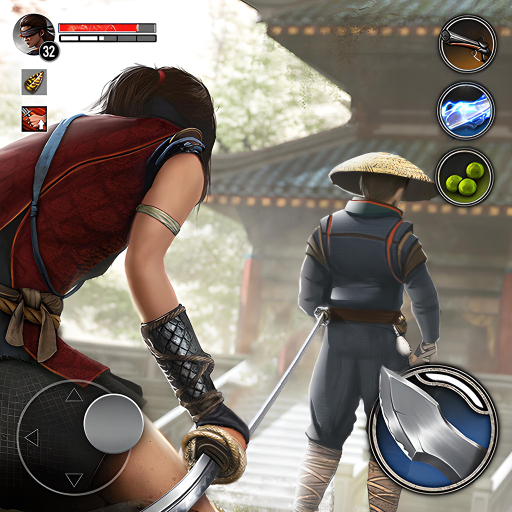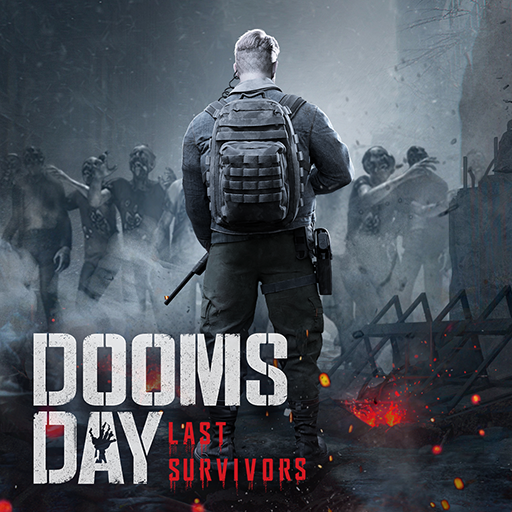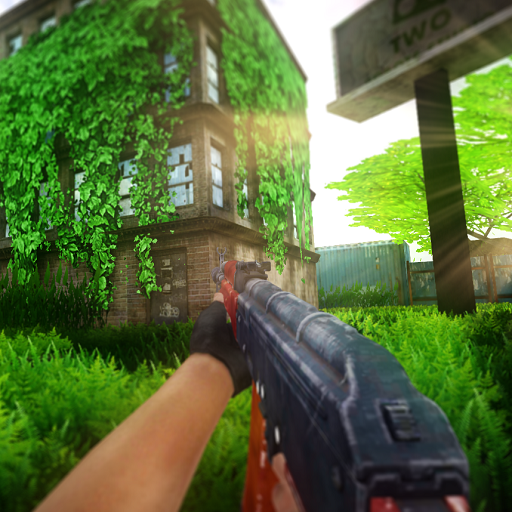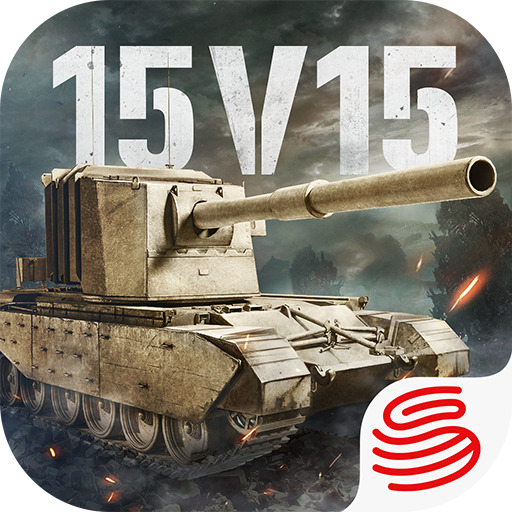Some players are still not very clear about the Hide and Seek Chaos gameplay. In fact, "Hide and Seek Chaos" is a game that combines traditional hide-and-seek with multiplayer competitive combat, emphasizing a light-hearted and entertaining experience. Just saying this might not be enough for everyone to understand, so let's talk about how to play the mobile game "Hide and Seek Chaos" in detail. After reading, you will understand it better and know whether it suits you or not. Let's take a look together!
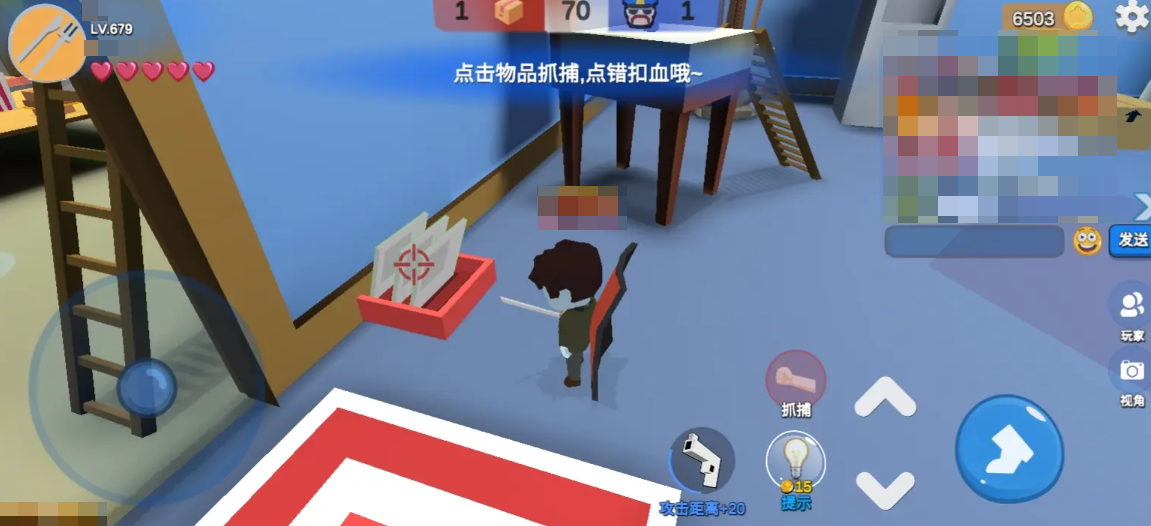
[Core Gameplay]
Players are divided into two major camps: [Seekers] and [Hiders]. Each round has about 40 seconds of preparation time. During this period, the seekers need to try to remember the number, type, and placement of items on the map to prepare for the upcoming search. The hiders, on the other hand, need to find the best hiding spots within the limited time and disguise themselves as part of the environment. Since the distribution of map items is randomly generated, each round requires re-memorization and searching, which greatly increases the variability and fun of the game.
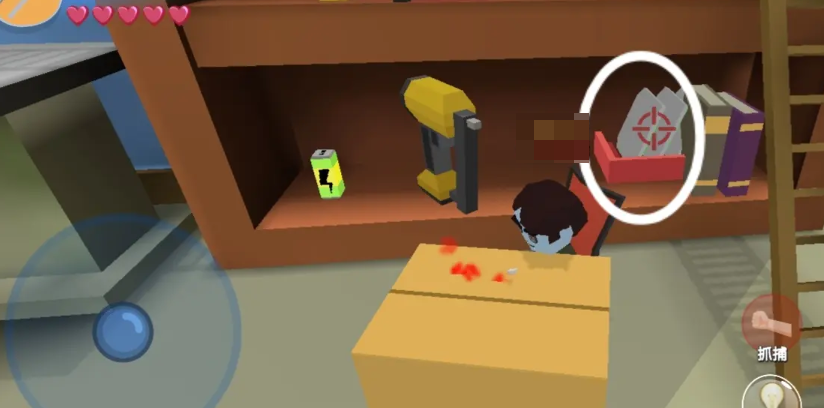
[Seekers]
For seekers, the biggest challenge lies in the limited margin for error. The game mechanics set the seeker's health at only five points, meaning that if they attempt to catch without being fully confident, they can easily fall into a disadvantage due to misjudgment. Therefore, seekers should make full use of the prop hints provided in the scene to assist in their judgment. New players can even spend 15 gold coins to purchase hint props to increase their hit rate. Experienced players will notice some common suspicious features during the search, such as objects tightly against or penetrating walls, abnormally close distances between two objects, or even overlapping, objects floating in the air or attached to high positions, and the appearance of single, out-of-place objects in open areas, which often indicate the presence of disguised hiders.
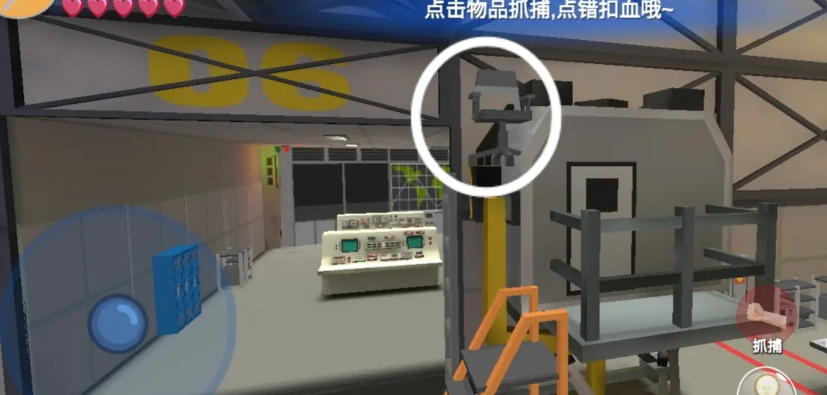
[Catching Techniques]
Seekers should make good use of their teammates' actions to improve efficiency. When they see a teammate pick up an arrow hint prop, they can choose to follow their route to "pick up the slack," sometimes even finding the hider before the teammate. During the search, pay attention to areas that are easy to overlook, such as under tables, under vehicles, or in more tricky positions like under chandeliers in hotel maps or under wheelchairs in school maps. Additionally, it's important to grab the grenade prop early, as it can serve both as a scouting tool and a direct hit when facing complex areas or when the seeker's health is low and they dare not catch rashly. For hiders hidden in high places or special positions, the pistol prop can provide the possibility of a precise strike.
Seekers also need to develop keen observation and memory skills. At the end of the preparation phase, when the view returns from the empty screen to the character, the map will refresh from a state without hiders to one that includes their positions. This instantaneous change will be revealed in the field of vision, almost directly locking onto some targets. Familiarity with the map layout and mastery of item distribution patterns are crucial. For example, remembering the number and position of different types of items in a certain area, or the exact placement of multiple identical items, and then comparing these memories during the action can quickly reveal disguises that do not conform to the norm. Knowing which objects are fixed on the map and will not have hiders, such as abandoned houses and wrecked vehicles, can also effectively reduce the range of ineffective searches.
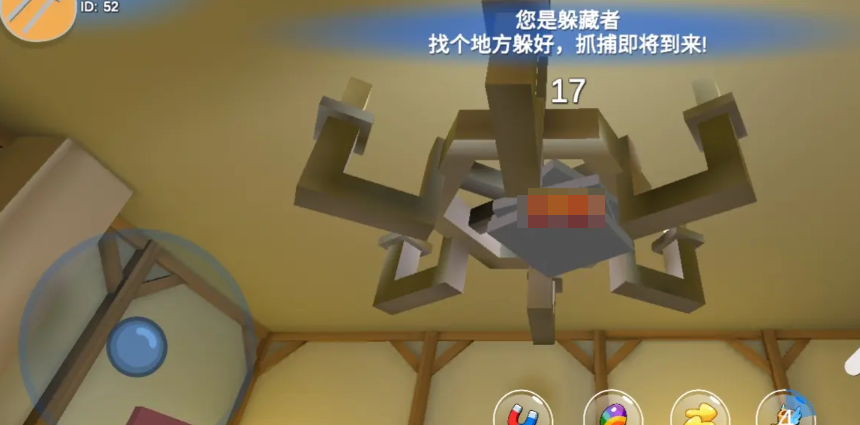
[Hiders]
The key is disguise and location selection. Avoid hiding too close to walls or other natural object edges, as these positions are easily exposed due to collision detection or clipping. Similarly, standing alone in an open area will make you stand out. The best strategy is to find a densely populated area with natural objects to hide, which can visually reduce the chance of being spotted at first glance. If you happen to transform into a monochrome object that closely matches the environment, the camouflage effect using color blending will be very significant, especially under the cover of a similar color background, where it is almost indistinguishable.
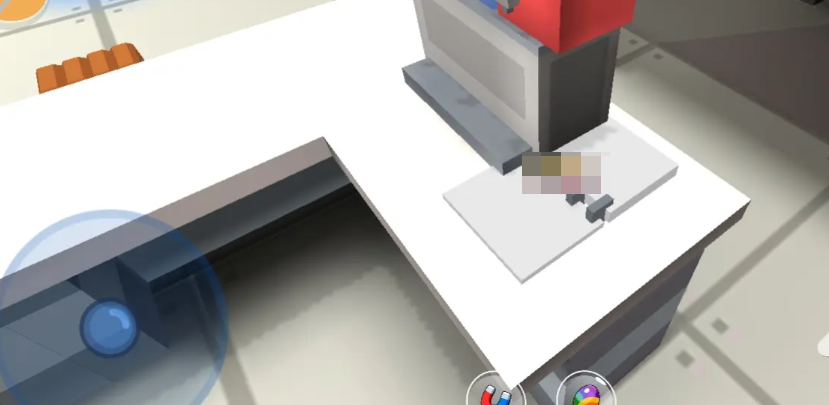
There are also many advanced tips. If you transform into a small or flat object, you can choose to hide under furniture, under a vehicle, or in gaps, which is both concealed and not easily checked. Some special items can even be stacked, such as railings, swings, and utility poles. If you master the precision of stacking, you can achieve complete overlap, making it difficult for seekers to distinguish.
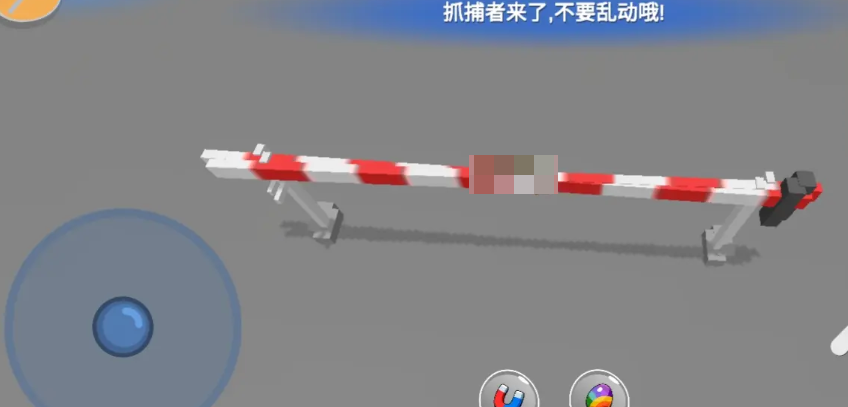
This concludes the introduction to the Hide and Seek Chaos gameplay. Actually, this type of gameplay is not uncommon. If you have played hide-and-seek in shooting games, then this will be easy to get started. Both seekers and hiders need to focus on observing, memorizing, and reasoning throughout the game. Seekers need to lock down and catch the target within a limited amount of health and time, while hiders need to maintain their disguise and avoid being found in the constantly shrinking safe space.
